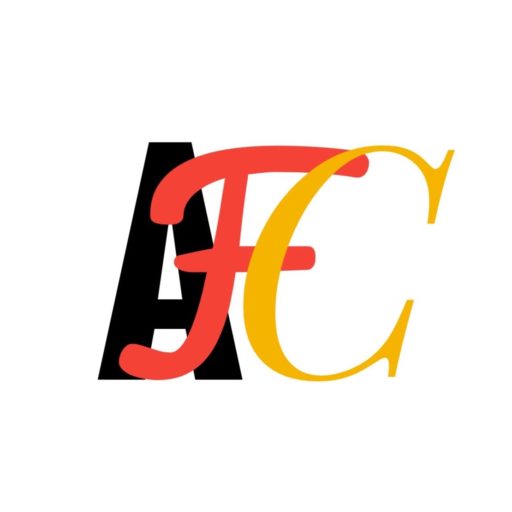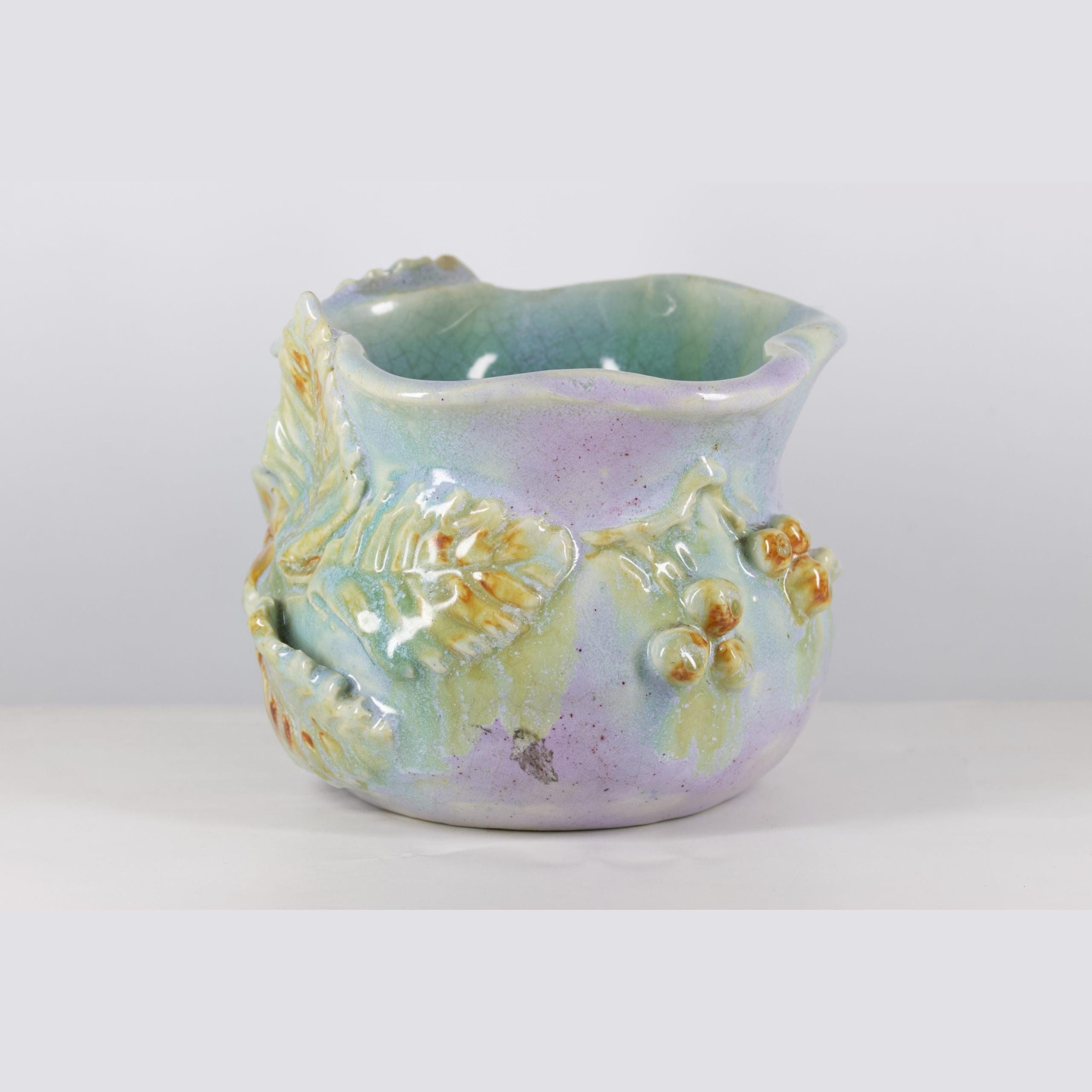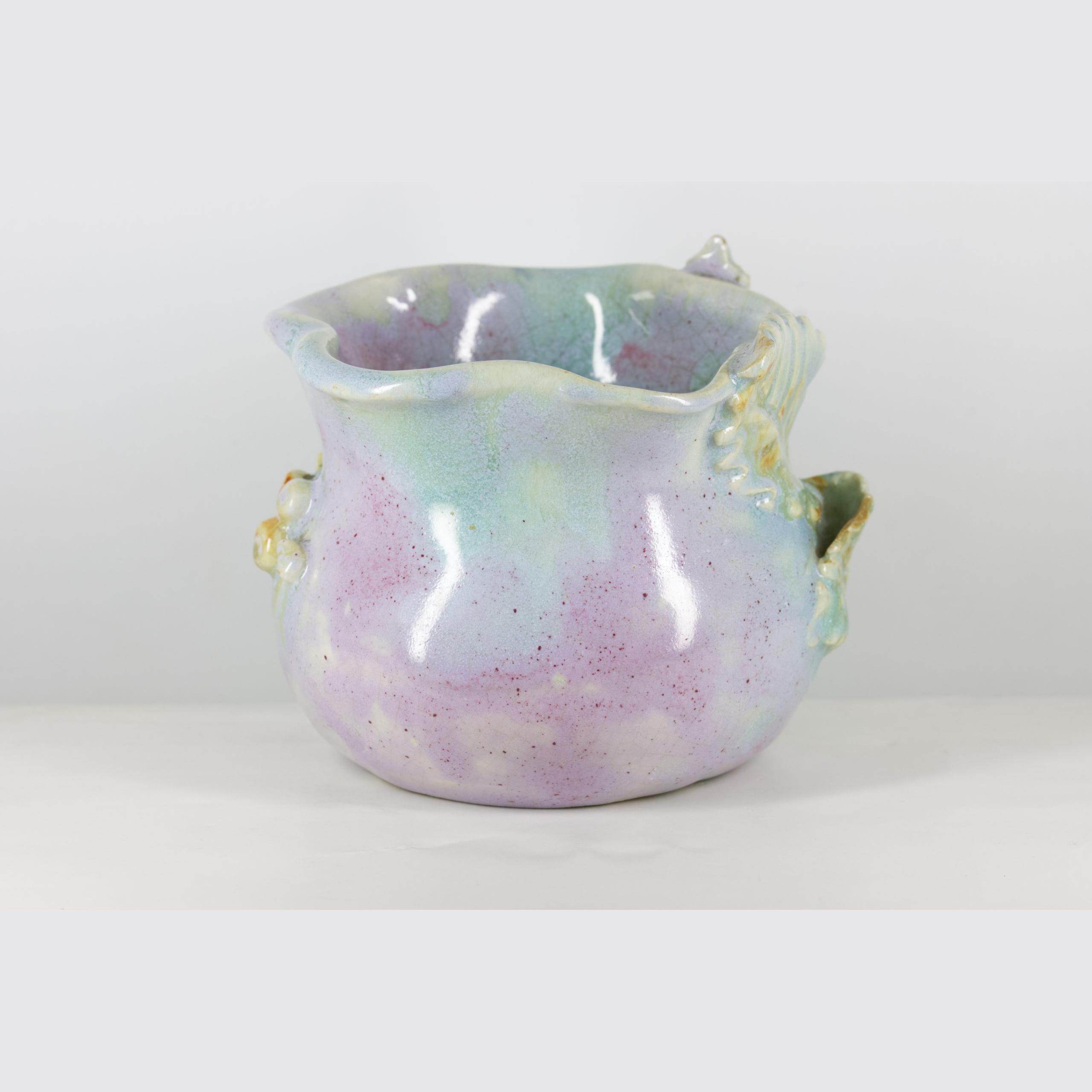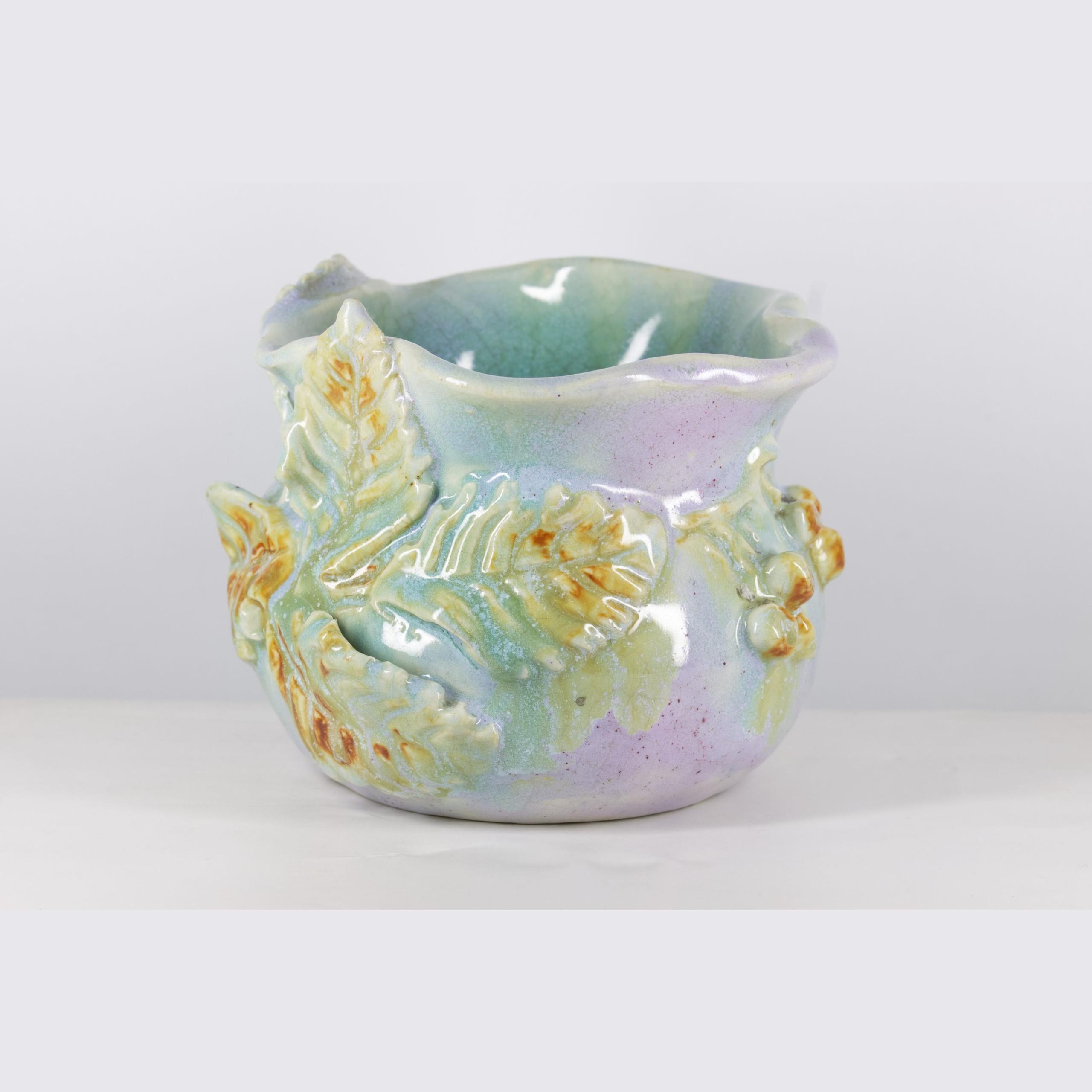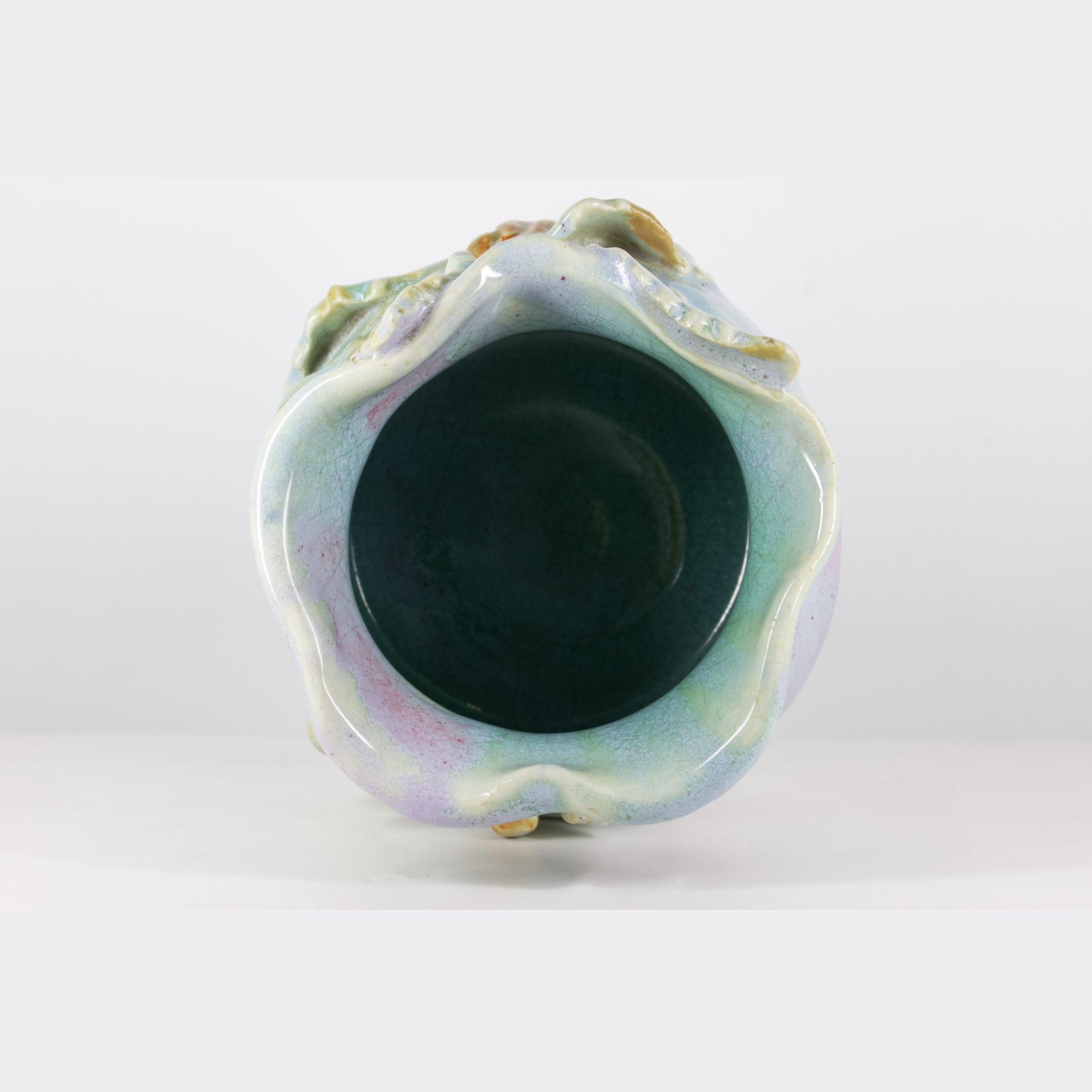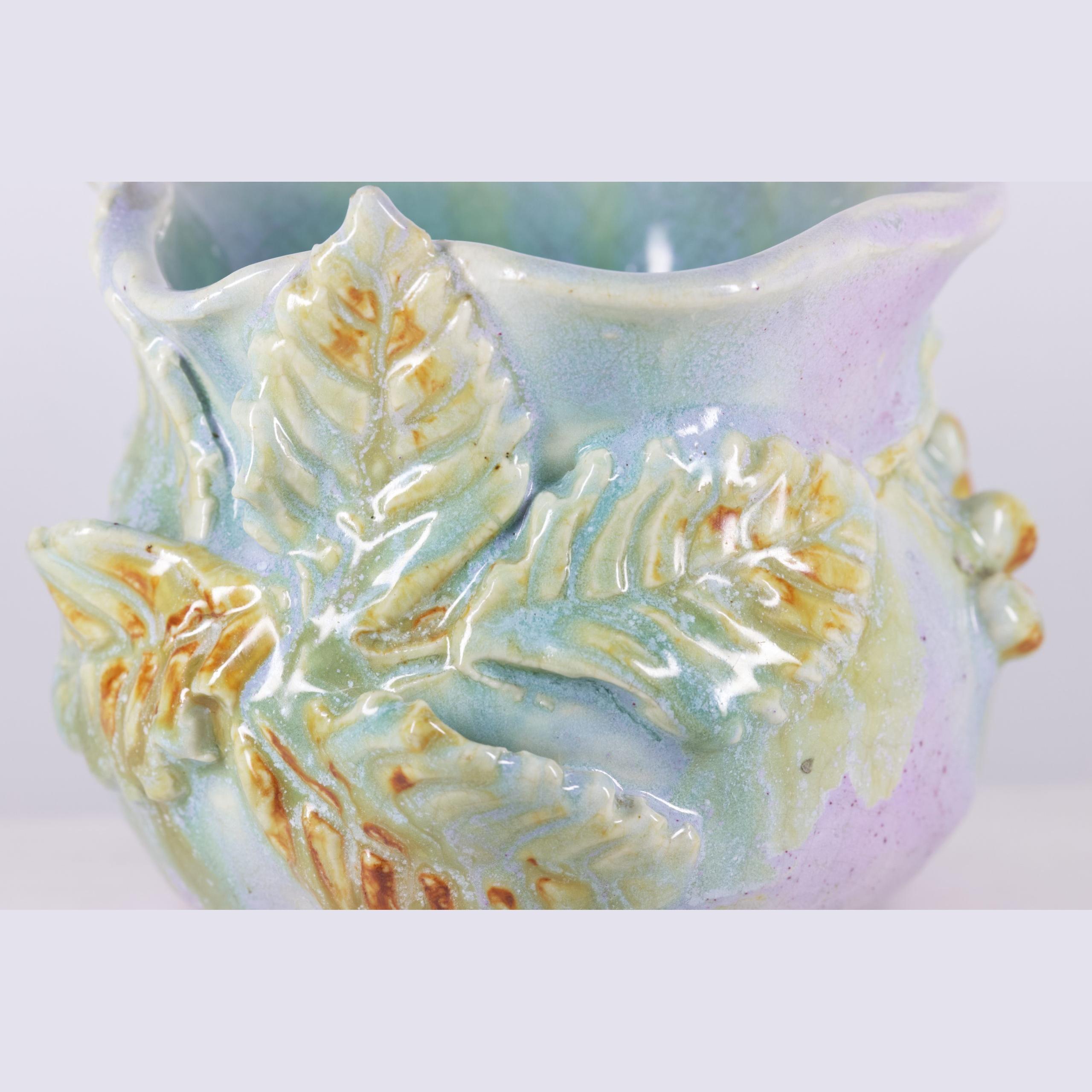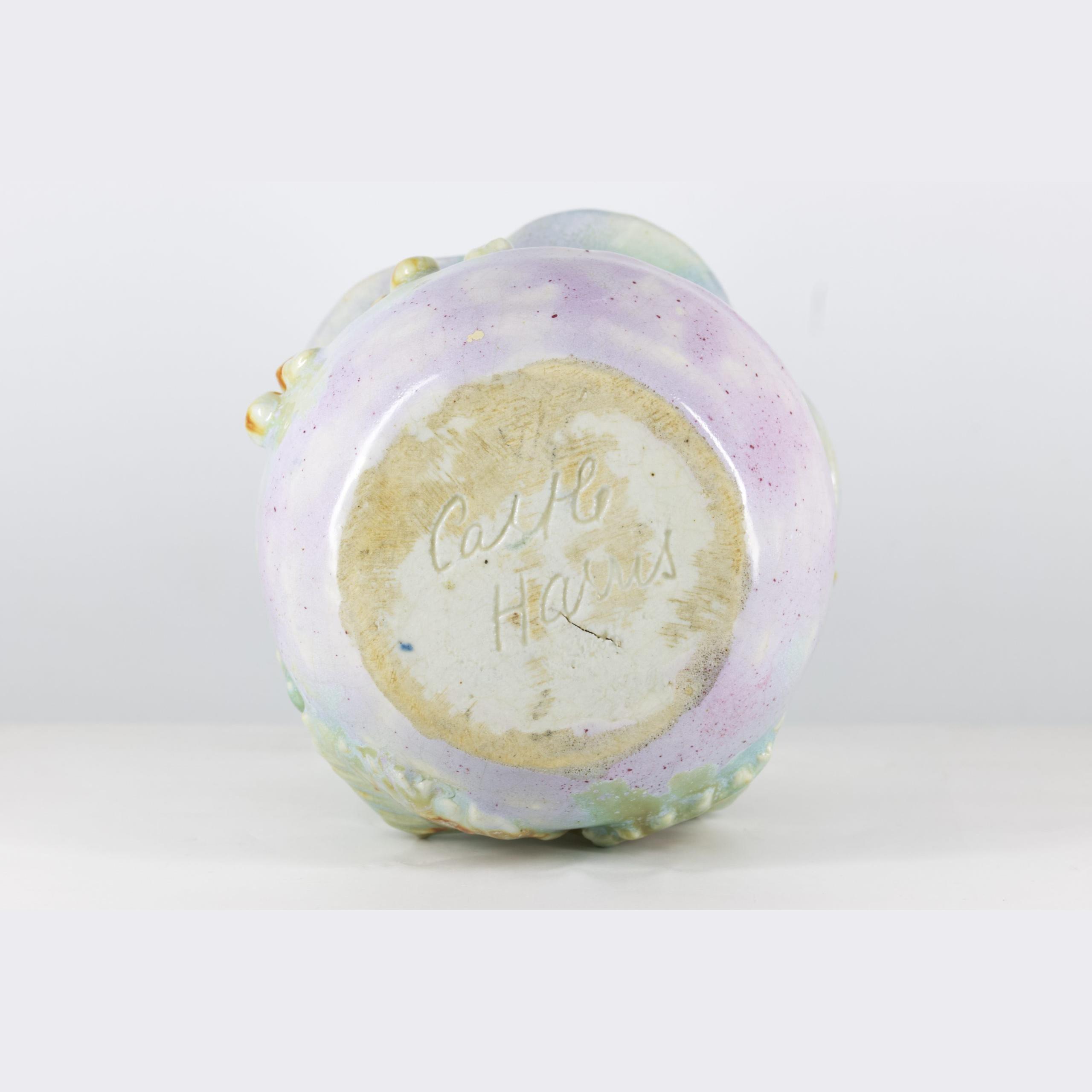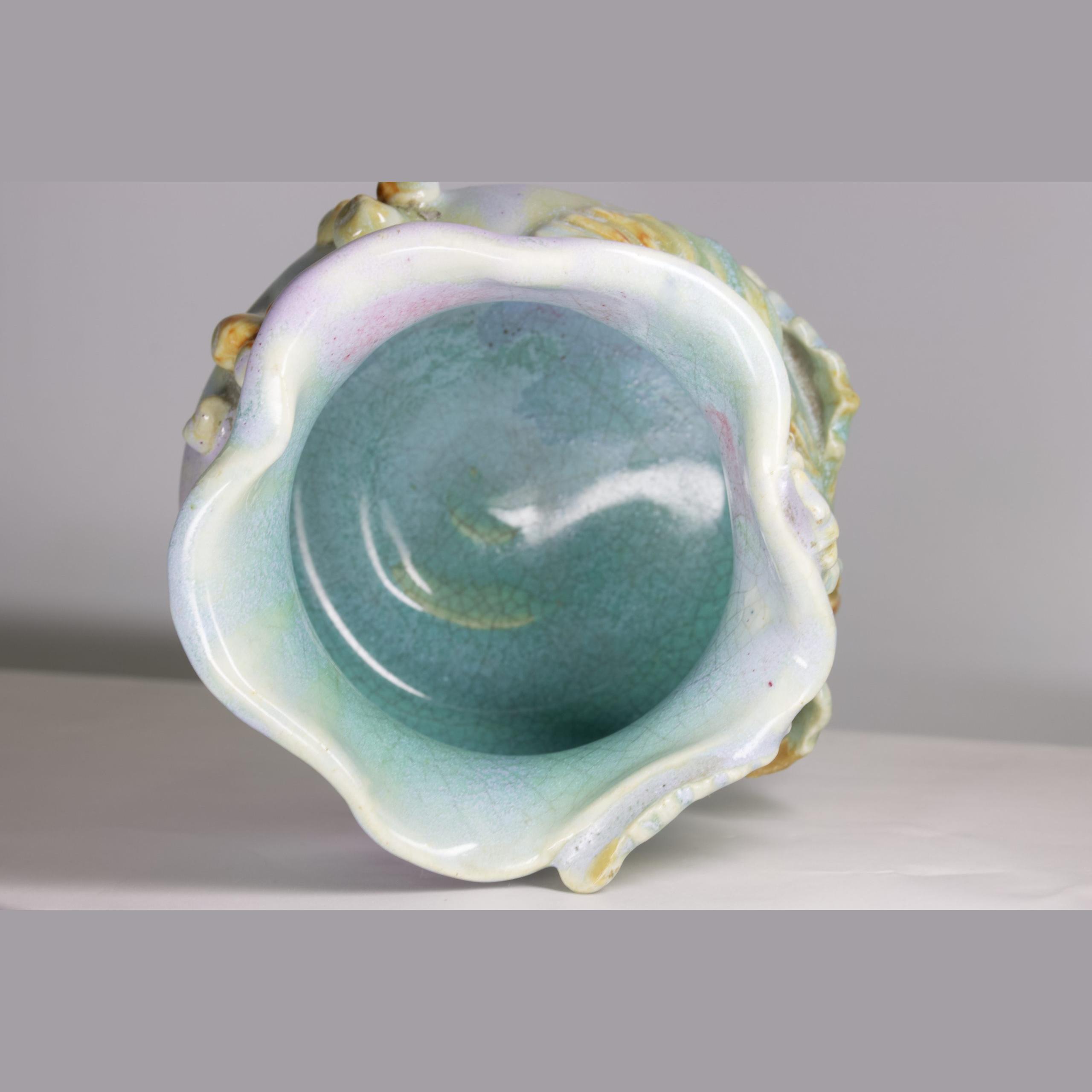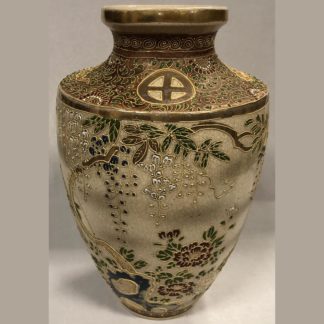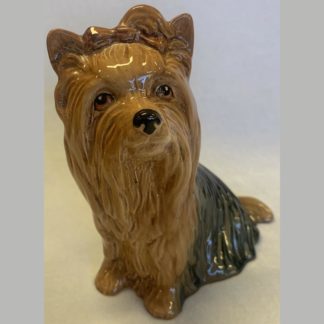Biography
John Castle Harris (Australian 1893-1967) Bio
John Castle Harris “Jack”, Known professionally as Castle Harris, Was born in North Waratah NSW 1893.
He was the son of Harry Harris and Lucy Nee, Smith with his father being a printmaker. John was the fourth child in his family.
Not much is known about John’s childhood. One of the earliest known records of his life was his enrolment as a volunteer cadet, which he did for six years until serving time in WW1 at the age of 23, Formal training is unknown, but he was known to be a skilled leather worker, making leather table cloths with hand embossed and punched designs.
John was a sergeant in the 36th battalion for the Australian Imperial Force on the Western Front. After receiving a gunshot wound to the right thigh, he was discharged and returned to Australia in December 1917.
Following his service overseas, John married Alice Rockford, who was also an artist in 1923. By the 1930s, John started learning clay modelling with a school run by Una Deerbon. He also worked at the Deerbon Pottery School while also working at the Premier Pottery workshop in Preston.
He also collaborated with Alan James. Alan James was the head thrower at the infamous Remued Pottery Studio and a key member in a majority of the remued ware produced, which was characterised by drip glazed decorative items and homewares that boomed through the 1930s-40s until its closure in 1956.
The Studio was located at 52 Oakover Road in Preston, sourcing clay from the same site that Clifton Bricks used for their factory, The large clay pit was filled in around the 1970s, With the Ray Bramham Gardens now being there in replacement.
By 1939 John Harris established his studio in Sydney’s CBD, with a second studio in Toongabbie a few years later, Focusing on his mythical designs incorporating lizards, dragons, snakes and fish into his work, while also producing more floral works with gum leaves and garden flowers also seen on his pieces.
Towards the latter part of the 1940s, John moved his studio to the Blue Mountains NSW.
Continuing to create pottery wares more for gifting purposes rather than practical, He refrained from joining the Society of Arts and Crafts of New South Wales, as he didn’t believe in the contemporary modernist forms that were popular at the time.
John Castle Harris received a fairly large amount of praise for his designs and quality of work, with multiple articles and reviews from critics. He is well known for his creativity and unique style that stood out amounts other artists post-war.
